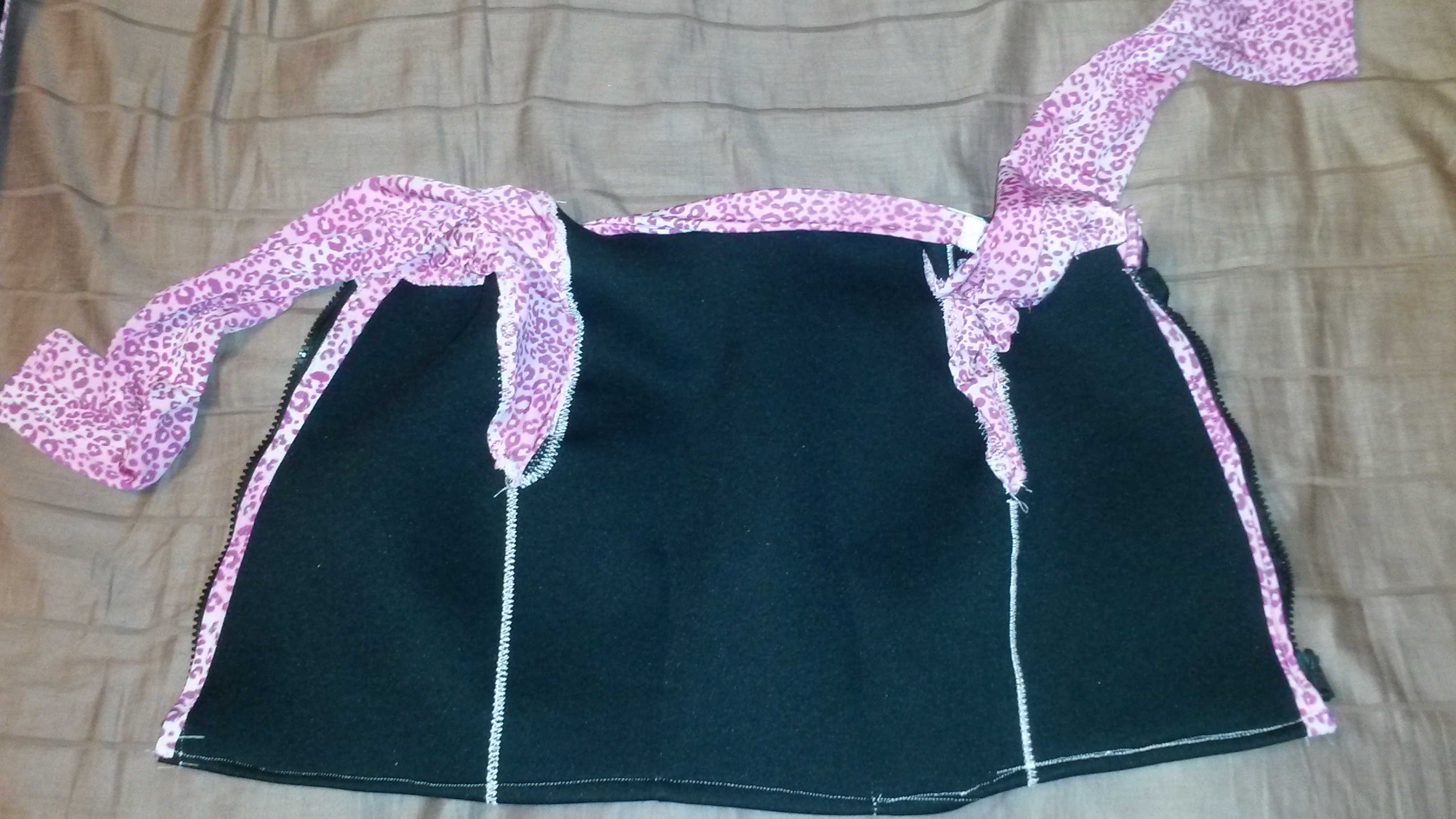So we're headed to Monterey next month and I have a lot of neoprene that I'd like to use to make suits for the kids. So far I've been making neoprene vests and shirts with spandex side panels and sleeves so no need for gluing.
With real full suits, however, I'd like to glue the seams as well. Anyone tried Aquaseal or shoe goo as a butt glue prior to sewing? Should I just get a vat of actual "neoprene glue"? I have various glues and will likely give it a try anyway, just seeing whether anyone has already invented this wheel.
With real full suits, however, I'd like to glue the seams as well. Anyone tried Aquaseal or shoe goo as a butt glue prior to sewing? Should I just get a vat of actual "neoprene glue"? I have various glues and will likely give it a try anyway, just seeing whether anyone has already invented this wheel.








